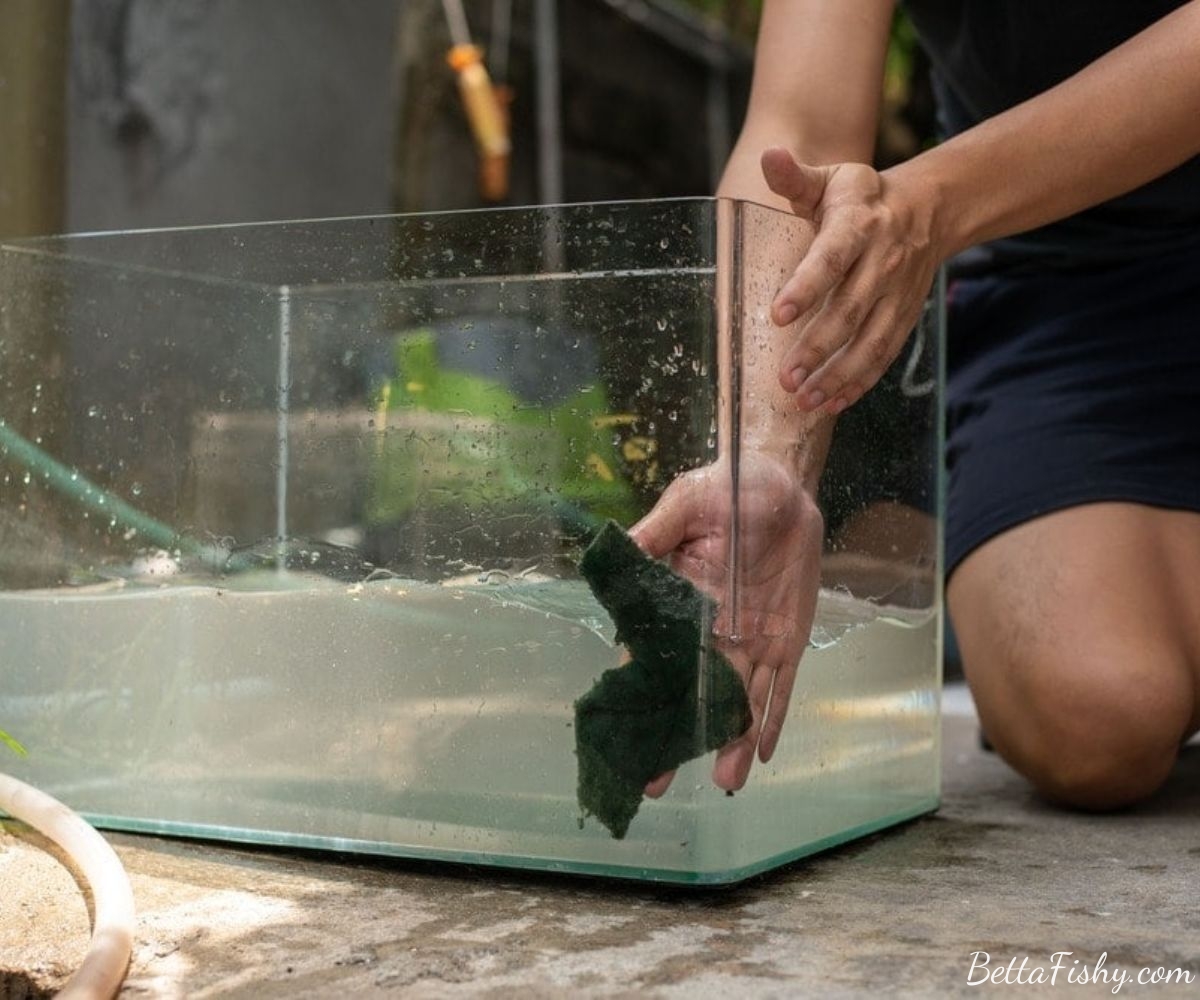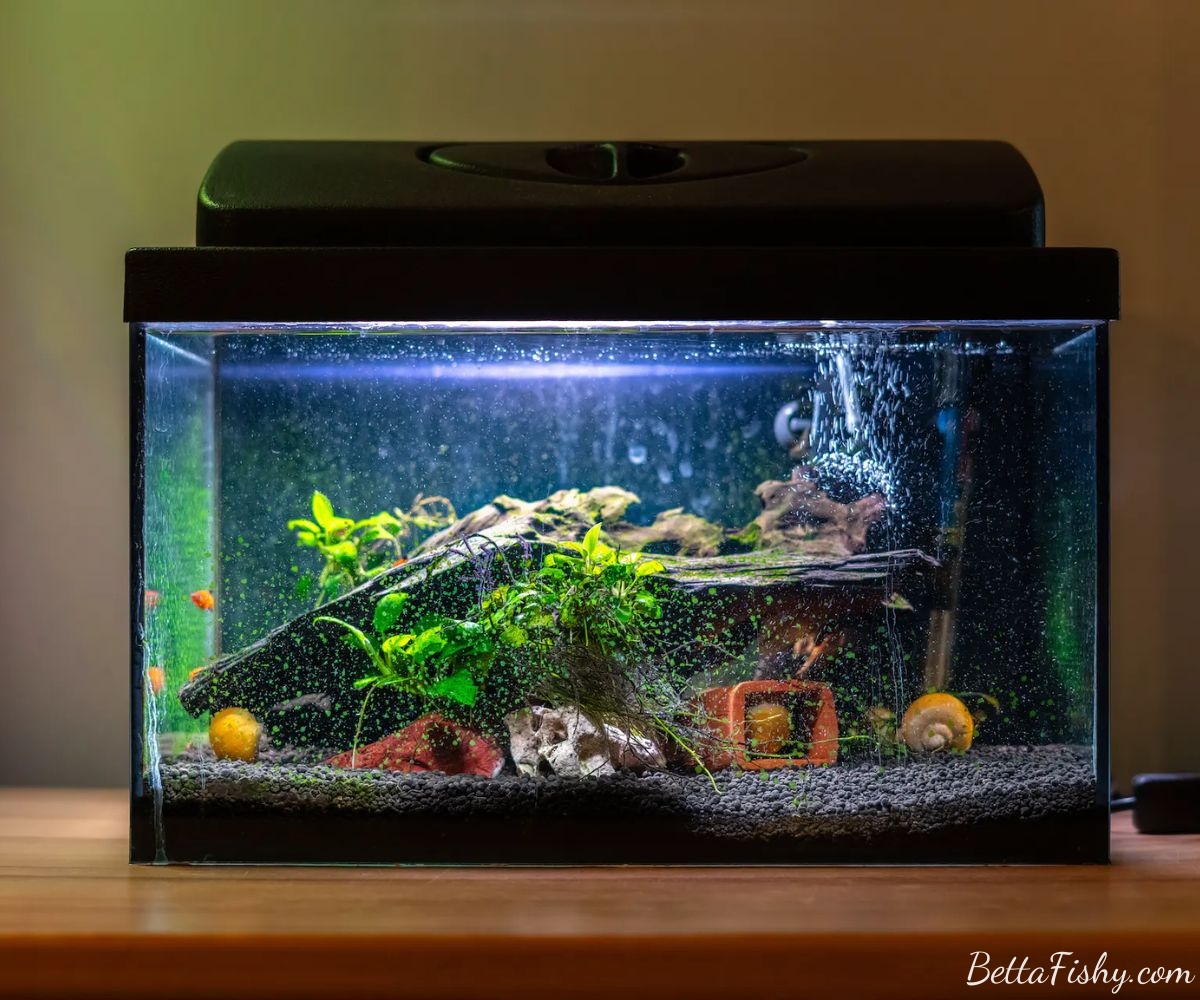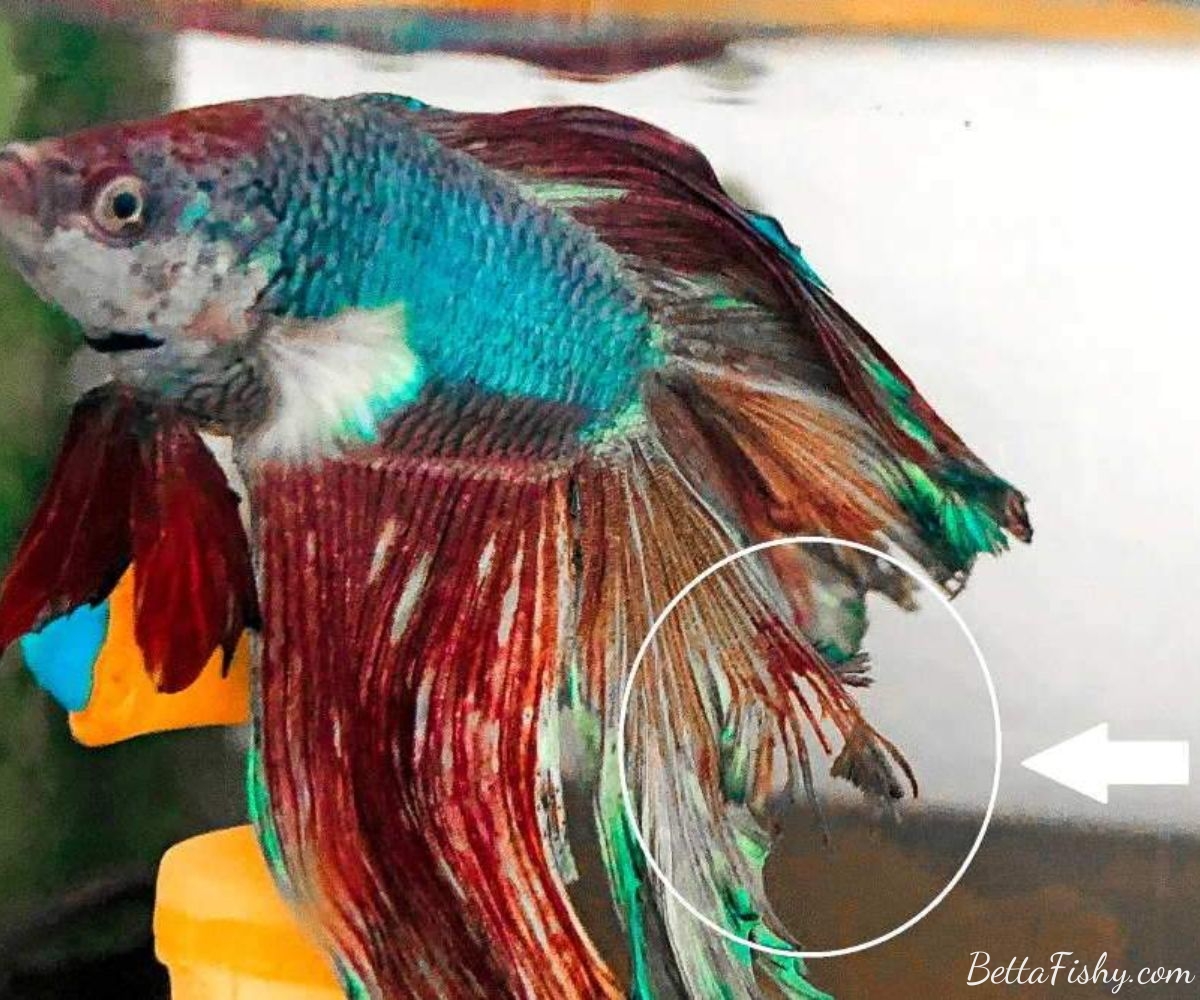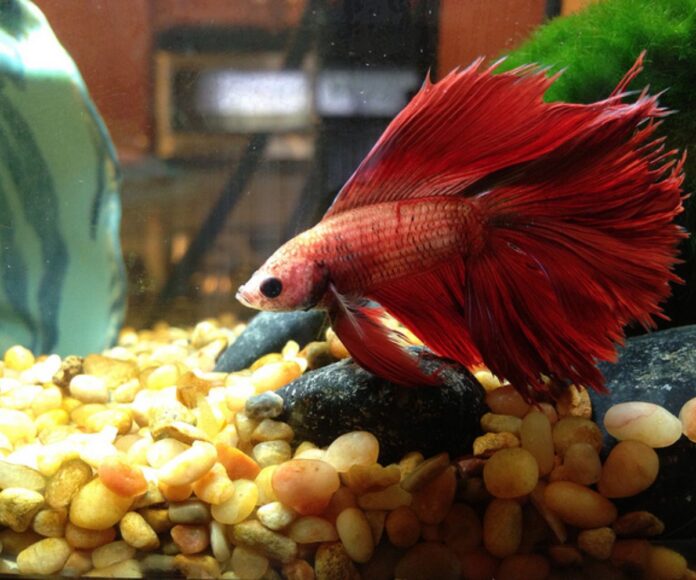Known for their vibrant colors and flowing fins, betta fish are popular and beloved aquarium pets. However, these beautiful creatures can succumb to various health issues, with betta fish fin rot being a common and potentially serious concern. Fin rot, a bacterial infection that affects the delicate fins of betta fish, causes tissue deterioration, discoloration, and if left untreated, severe health complications. Understanding the causes and symptoms of betta fish fin rot is crucial in preventing and treating this disease effectively, ensuring the health and longevity of your betta fish.
Tips for Keeping Your Betta Fish Healthy and Avoiding Fin Rot
As the saying goes, prevention is better than cure. This holds true for betta fish fin rot as well. By taking some simple preventive measures, you can keep your betta fish healthy and avoid the risk of fin rot. Here are some key steps you can take to maintain a clean and stress-free environment for your betta fish:
Maintaining a Clean Fish Tank

One of the primary causes of fin rot in betta fish is poor water quality. Dirty and contaminated water provides an ideal environment for bacteria to thrive, leading to infections. Therefore, it is essential to regularly clean and maintain your betta fish tank. Here are some tips to help you keep your tank clean and prevent fin rot:
- Perform partial water changes at least once a week, ideally 25% to 50% of the tank volume.
- Use a gravel vacuum to remove any debris or waste from the bottom of the tank.
- Monitor the pH, ammonia, nitrite, and nitrate levels in the tank using test kits and make necessary adjustments to maintain optimal water conditions.
- Avoid overfeeding your betta fish, as uneaten food can contribute to water contamination.
- Remove any dead plants or decaying matter from the tank promptly.
Fish Habitat Considerations

Betta fish are tropical fish and require a specific environment to thrive. A well-maintained tank with the right conditions can help boost their immune system and prevent fin rot. Here are some key factors to consider when creating an optimal tank environment for your betta fish:
- Tank size: Betta fish need at least 2.5 gallons of water to swim and thrive comfortably. A larger tank also means less frequent water changes, reducing the risk of water contamination.
- Water temperature: The ideal water temperature for betta fish is between 76°F to 82°F. Use a heater to maintain a consistent temperature in the tank.
- Filtration: A good filtration system is crucial in maintaining clean and healthy water for your betta fish. Make sure to choose a filter suitable for the size of your tank and perform regular maintenance on it.
- Lighting: Betta fish do not require intense lighting, but they do need a day and night cycle. Aim for 8-12 hours of light per day, and make sure to turn off the lights at night.
Reduce Stressors in Their Surroundings
Stress can weaken the immune system of betta fish, making them more susceptible to infections like fin rot. Therefore, it is essential to minimize stressors in their environment. Here are some ways you can reduce stress for your betta fish:
- Avoid overcrowding the tank. Each betta fish should have at least 2.5 gallons of water to themselves.
- Do not keep aggressive fish or fish that nip fins with betta fish.
- Avoid sudden changes in water temperature or pH levels.
- Provide hiding spots and plants in the tank for your betta fish to retreat to when feeling stressed.
Identifying and Diagnosing Betta Fish Fin Rot

Despite taking preventive measures, your betta fish may still develop fin rot. It is crucial to identify and diagnose the disease early to prevent it from progressing and causing severe health complications. Here are some betta fish fin rot symptoms and signs:
- Fins appear ragged, torn, or frayed.
- Discoloration of fins, usually turning white, red, or black.
- Fins may start to disintegrate, leaving behind a stubby appearance.
- Redness or inflammation around the edges of the fins.
- Your betta fish may become lethargic, lose appetite, and show signs of distress.
If you notice any of these symptoms, it is essential to take immediate action and start treatment to prevent the disease from spreading and causing further damage.
Step-by-Step Betta Fish Fin Rot Treatment Guide

Betta fish fin rot treatment will be determined by the degree of the infection. For mild cases, you can treat your betta fish at home using over-the-counter medications and following some simple steps. However, if the infection has progressed significantly, it is best to consult a veterinarian for proper diagnosis and treatment. Here is a step-by-step guide to treating fin rot in betta fish:
- Isolate the Infected Fish
The first step in betta fish fin rot treatment is to isolate the infected fish from other tank mates. This will prevent the spread of the infection and allow you to monitor the progress of the treatment closely.
- Perform a Water Change
Perform a 25% to 50% water change in the tank to remove any bacteria and toxins that may be contributing to the infection. Make sure to use dechlorinated water at the same temperature as the tank.
- Clean the Tank and Decorations
Remove any decorations, plants, or gravel from the tank and clean them thoroughly with hot water. This will help remove any bacteria or debris that may be present on them.
- Add Medication to the Tank
Follow the instructions on the medication carefully and add the recommended dosage to the tank. Some common medications used to treat fin rot in betta fish include:
- Antibiotics: These are used to kill the bacteria causing the infection.
- Fungicides: If the fin rot is caused by a fungal infection, fungicides can help eliminate it.
- Salt baths: Adding aquarium salt to the tank can help reduce the bacteria and promote healing.
- Monitor and Repeat Treatment
Monitor your betta fish closely and continue the treatment for the recommended duration. If you notice any improvement, continue with the treatment until the fins have fully regrown. If there is no improvement or the condition worsens, consult a veterinarian for further treatment options.
Precautions and Tips to Speed up the Recovery Process
While treating fin rot, there are some precautions and tips you can follow to speed up the recovery process and ensure the best possible outcome for your betta fish:
- Do not overmedicate your betta fish. Follow the instructions on the medication carefully and do not use more than the recommended dosage.
- Keep the water clean and perform regular water changes to prevent the infection from recurring.
- Avoid using harsh chemicals or cleaning agents in the tank, as they can harm your betta fish and disrupt the healing process.
- Provide a balanced and nutritious diet to boost your betta fish’s immune system and aid in the healing process.
- Keep an eye out for any signs of stress and take necessary measures to minimize them.
Conclusion
Fin rot is a common and potentially serious disease that can affect betta fish. However, with proper preventive measures and timely treatment, you can keep your betta fish healthy and avoid the risk of fin rot. Regularly maintaining a clean tank, providing an optimal environment, and managing stress can go a long way in preventing fin rot. In case your betta fish fin rot, early identification and proper treatment can help ensure a full recovery. By following the steps outlined in this comprehensive guide by BettaFishy, you can keep your betta fish happy and healthy for years to come.


